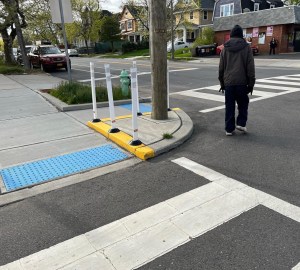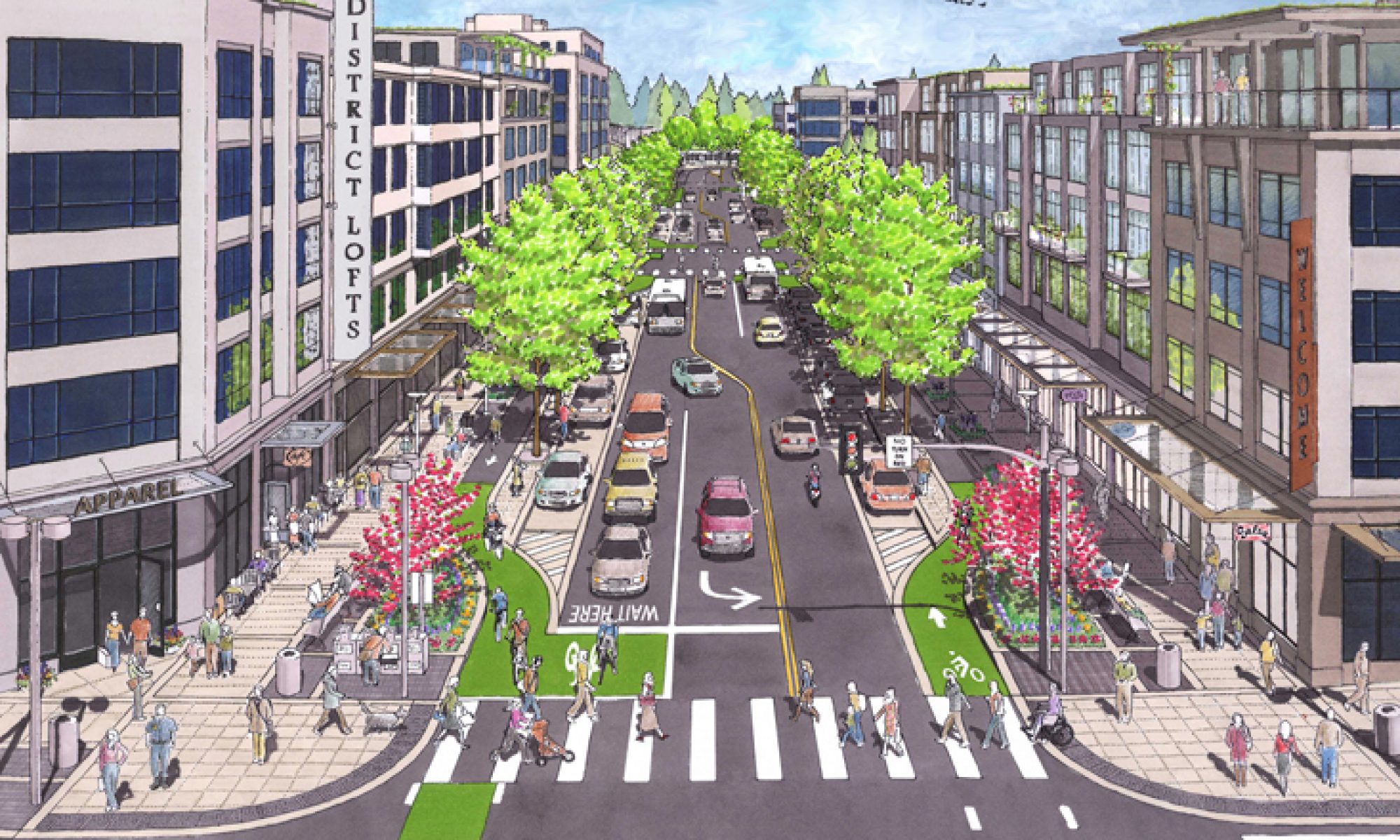Have you seen or encountered obstacles to getting around in Asbury Park, or in your city in Monmouth County?
The Monmouth County Division of Planning, Transportation and Community Services hosted an open house on Thursday, Nov. 16 asking for feedback to improve mobility throughout Monmouth County.
An interactive mapping tool that let’s you easily pick and comment on places that need imorovement: It only takes a few minutes to do it!
This open house was the first public event for Monmouth Paths Access For All, a transportation study that will evaluate existing barriers to mobility and recommend strategies to achieve equitable mobility,
We look forward to seeing the results and next steps to improving access for everyone to get around our county and Asbury Park!
Here are some obstacles we’ve experienced in Asbury Park:








We need your help to understand the mobility challenges you encounter (or that you observe) when travelling to work, school, healthcare appointments, shopping, or whenever you’re walking or rolling in Monmouth County.
Whether you drive, take public transportation, walk, bike, or use another mode of transportation, you might notice or encounter mobility barriers, such as in these photos, or traffic congestion, unsafe intersections, infrequent bus service, no bus shelters, missing sidewalks or ADA curb ramps, no bike parking, etc.
It’s easy! Use the online mapping tool to identify and comment on places with mobility obstacles in Monmouth County that you’ve noticed, or experienced yourself.
The information you provide will be vital to informing the Monmouth Path Study, a transportation planning study that will identify and develop measures to reduce or eliminate mobility barriers for Monmouth County residents.
The goal of this study is to provide guidance for the County and its municipalities to reduce or overcome existing barriers and prevent new obstacles. This will be accomplished by combining data analysis and the lived experiences of County residents to evaluate infrastructure, policy, socioeconomic, and awareness factors that can be major limitations for the traveling public. Potential outcomes of this study include strategies to improve the built environment in a variety of land-use areas within the County.
Onward~
Polli Schildge
Editor, APCSC






